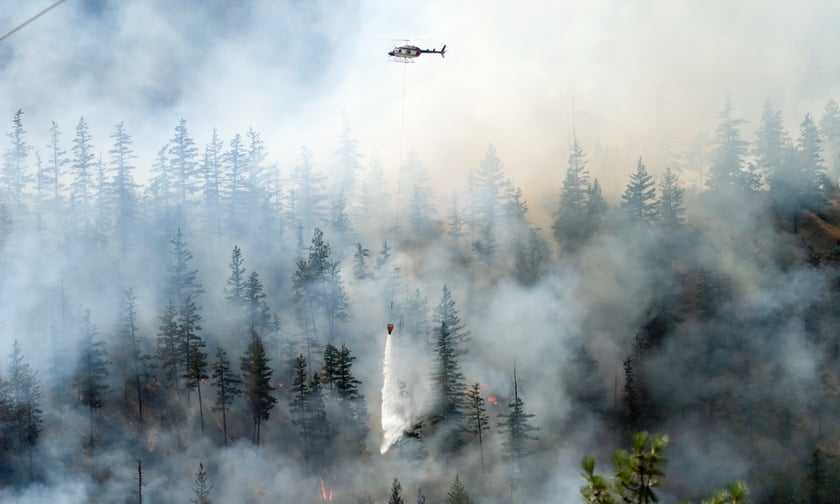

The wildfire that covered roughly a third of Jasper, Alberta, in July 2024, has been identified as the second costliest fire event in Canadian history.
Insured damage from the disaster is estimated at $1.23 billion, an increase from the initial estimate of $880 million, according to Catastrophe Indices and Quantification Inc. (CatIQ).
Six months after the wildfire, the Insurance Bureau of Canada (IBC) said that significant recovery progress has been made in the community, including:
Alberta’s insurers have been involved in Jasper since the fire began and continue to provide financial support to residents who lost their homes.
In collaboration with the Canadian Red Cross, insurers coordinated and funded the debris removal, de-gassing, and disposal of approximately 2,300 fridges and freezers damaged due to food spoilage from power outages during the evacuation. This coordinated bulk-debris removal program is designed to reduce costs and accelerate recovery efforts in the community.
“There’s still a lot of work to do and rebuilding will take time, but there is light at the end of a very long tunnel for Jasper residents who lost so much in the fire,” said Aaron Sutherland, vice-president, Pacific and Western, IBC.
“The people of Jasper have shown tremendous resilience, and Alberta’s insurers will continue to match that spirit and support their customers every step of the way. It’s why they are here.”
On January 25, IBC and Alberta insurers participated in an open house with local officials to provide updates and address insurance-related concerns for residents.
The summer of 2024 marked the most expensive season on record in Canada for catastrophic weather events, with 228,000 insurance claims and over $8 billion in insured damage.
These events are putting pressure on insurance premiums in Alberta and across Canada, underscoring the need for increased investments in resilience and measures to better protect communities.
According to IBC, insured damage from severe weather events in 2024 exceeded $8.5 billion for the first time in Canadian history.
Canadian insurers have been calling on governments for over a decade to invest in disaster resilience. This includes avoiding the construction of unprotected homes and businesses in high-risk wildfire and flood zones, supporting FireSmart initiatives in wildfire-prone areas, and enhancing flood defences in high-risk communities.
It also involves helping homeowners understand their risks, funding retrofits to reduce those risks, and investing in improved emergency preparedness, response, and recovery.
